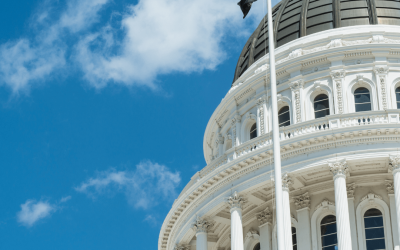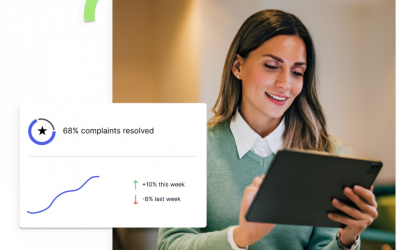Each December, we resolve to achieve awesome things in the new year. We’ll double our profits, get ten major clients, or hire A-list employees for every new job opening. Whatever our resolutions are, we start with the best of intentions, but over the course of the year we can let our resolutions slide, until finally we’re back where we started. Sound familiar?
No matter what your resolutions are, they won’t last long if you don’t know enough about how your business operates to achieve them. Workforce analytics give you the information you need to achieve the goals you want, so here’s a guide to making workforce analytics a New Year’s resolution that lasts all year:
Have a roadmap
To achieve any goal, you need a plan of action and a map to follow. You know where you are now and where you’d like to be, so formalize that knowledge into a roadmap that shows your performance goals and the steps you’ll take to achieve them.
Implement workforce intelligence
You don’t need to switch HR systems to get powerful workforce analytics. Workforce intelligence software is a flexible, cost-effective option that binds multiple disconnected HR systems together to get the data you need from the investments you already have, without requiring a massive overhaul. Workforce intelligence systems are built around the employee workforce lifecycle and incorporate the HR metrics and analytics you need to monitor core activities. They implement quickly and incorporate data security and workflow that traditional business intelligence and reporting tools simply don’t have.
Collaboration and context
Without context, metrics and analytics won’t be terribly useful. When you’re implementing your workforce analytics, make sure to collaborate with the relevant sectors of your business to put the information in context and ensure that everyone who needs it not only has access to it but understands it.
For example, you can put your HR metrics into specific HR dashboards that let you see the whole picture and publish analyst guidance directly on the dashboard in the form of notes and callouts. Putting your metrics into context is a key part of staying the course for a year-long resolution.
Personalize your metrics
Metrics can be hard to understand and integrate if you present them as a string of impersonal numbers. Personalizing your metrics makes them more meaningful to the people that need them for decision-making. Establish personal alerts that inform you exactly what actions need to be taken when a metric exceeds or drops below a threshold. Seeing how the metrics your workforce analytics software generates relates directly to you and your team is a fabulous motivator to maintain your New Year’s resolution the whole year through.
There you have it! Integrating workforce analytics into your business model is one of the best presents you can get yourself. Now resolve to get serious about your workforce analytics in the new year, and with support from ZeroedIn you can make your resolution a reality.




